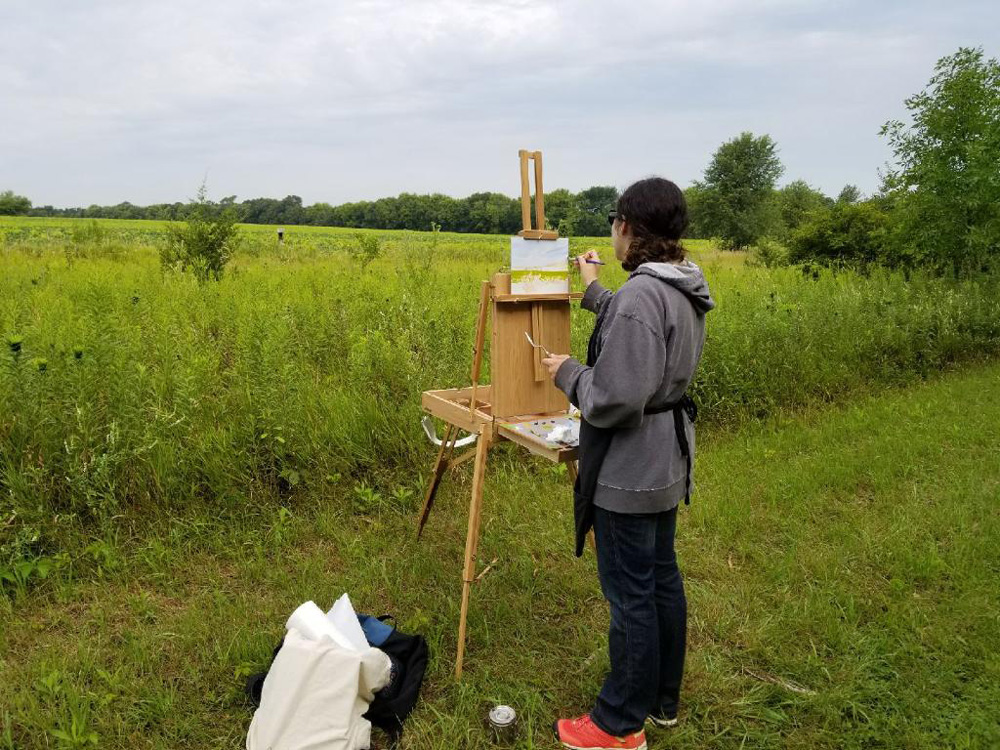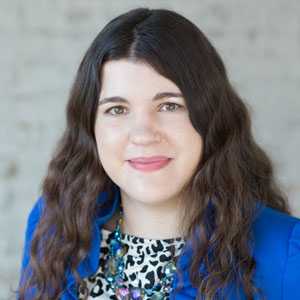Plein air painting is agile painting
In the last year, I’ve been working on finding better ways to take digital breaks. Between my UX job, writing, and other web projects, I spend way too much time in the digital space. Instead of being hunched over my laptop for hours, day after day, I wanted to get outside and enjoy the world around me. Art has been part of my life for many years and I want to create more things. Eventually, I’d like to create a body of work, but that’s a whole other story.
Plein air painting is what the French call “en plein air”, meaning “in the open air”. Artists leave their studios and bring their easels, paints, and whatever else they need outdoors to capture the light and landscape. It’s exciting, challenging, and a perfect way to gain a new appreciation for the environment.
It’s winter here in Minnesota, and I take advantage of any break in the cold snaps to get out and paint. During this season, I’ve had time to reflect back on last summer when I took over a Meetup group and organized “paint out” excursions. It taught me a lot about organizing groups and what unpredictable situations may arise (i.e. the park we were supposed to paint at was under construction). It’s a good time to start planning ahead for plein air season and determine my goals in the upcoming months.
My full-time job is working on a UX team in an agile environment. I design and help develop enterprise software. When comparing this to plein air painting, they seem very different, no doubt. There are lessons to be learned from my painting hobby that I carry over into my professional design work.

Lesson One: Things are always changing
When I’m outside painting, the light is constantly changing. It’s a challenge to keep up with the shifting light and how it affects highlights and shadows. On top of chasing the light, there’s the wind that can pose a challenge. It’s easy to get upset when an easel tips over, chunks of sand get kicked up and stick in the paint, or a rainstorm quickly rolls in. Plein air is a good exercise in staying calm and expecting that things will come up.
UX is also just as unpredictable and designs change and evolve. In a way, designers are “chasing the design” like a plein air artist “chases the light”. It is a bummer to be excited about the “perfect” design and find when it’s test it with users that it doesn’t go over as well as planned and the design needs to be reworked. Many times, project and design requirements change. Deadlines, feature priority, and technologies have the tendency to be modified throughout the course of a project.
The lesson here is that change is constant when painting and designing. At any moment clouds can move in or a project could dramatically change, so it’s important to not just focus on the end result but to address the change and go along with it.
Lesson Two: Braving the elements is part of the process
Painting in the brutally cold winter or the hot summer heat is not the most comfortable way to create a work of art. Paintings do not always turn out, feedback may not always be positive, and weather conditions do not always cooperate.
In comparison, design conditions are not always ideal. Sometimes experience design can be just as uncomfortable. Situations may cause a UX designer to have to work under pressure, participate in a tough design review, deal with miscommunication, conflicting feedback, and many other situations that are less than ideal.
The lesson learned is that tough situations are temporary. It may seem like the end of the world at the time, but things do get better. A tough presentation during one project is a distant memory when the next one is a success. A painting that fell in the mud (total bummer) was painted better the second time around. It doesn’t always seem like it in the beginning, but I know that I can get through anything, art or design related. It may seem like a bold statement, but I need to stay positive with whatever is thrown at me. I have survived many tough situations so far, and am counting on that for the future too. Knowing how to survive the elements gives peace of mind and this happens with practice and mindfulness.
Lesson Three: Being in a group is better than flying solo
I don’t know if it is the common media portrayal, but there’s often the image of a lone artist or brilliant designer and they sit in their den of genius and create earth-shattering work. Sure, maybe this happens on occasion, but I know it’s not the norm.
A group gives you the feedback that you need and it’s important to be proactive about it. It can be tough to put work out there. This is the case for both fine art and design projects. Without a fresh set of eyes or feedback, there’s this endless cycle of overthinking things. Putting work out there helps learn how to improve things and issues are brought to light. It may not be the most comfortable thing, but it’s important not to get stuck in our own heads. From a design perspective, designing in a bubble does not yield the best results. From an art perspective, getting feedback from other artists is invaluable. They notice when a composition is not ideal or when values are not correct.
The key takeaway is to focus on the constant feedback from customers, management, and other peers. This will help identify design issues early on and keep within the agile mindset.

Lesson Four: Don’t overthink, just get the ideas down
When painting outdoors, the environment is quickly changing, especially the light. Things like the changing shadows, landscape temperature shifting, clouds moving out of view are just a few things that plein air artists track. There’s no time to overthink when all of this is going on. That is why it is necessary to quickly capture with the eye and get it on the canvas. Things may look unfinished at first, but having the basics documented will allow for fine-tuning later.
Typically, things also are constantly changing on the design front. No surprise with the agile process. As more feedback is gathered, this leads to constant change. Until things are finalized (are they ever?), typically there’s not an immediate need for perfection. Resisting the temptation of getting attached to one idea and keeping the concepts rolling is key. Getting the main ideas roughly sketched out at first allows for higher fidelity and tweaks later on.
The lesson is to be aware future change and not obsess over the final product. With larger design projects, there will be many changes. Experiment, work quickly, establish the foundation, and worry about perfection later.
Lesson Five: Be a proactive leader
As a hobbyist, I paint on nights and weekends. Paint outs typically happen on the weekends. Often, after working all week, I am tired on Saturday morning. I’d be lying if I said there weren’t many times when I’d rather sleep. However, I know that painting is important to me and many others in the group. The group is counting on me to be there since I am the organizer. A group helps me be accountable and I do not want to let them down.
Besides finding new locations and planning meetups at different locations, keeping the group up-to-date with the latest happenings is key. Reminder emails, helping with directions, having extra supplies are all good ways to make the group’s experience as good as it can be. Planning for both the knows and unknows when painting as a group is key. Is there parking close to the painting location? What will we do if there is bad weather? How can the group feel more welcoming to new members?
I’m far from the best plein air painter in the group, but it’s not about being the best. It’s about getting a group together to do what we love. It’s about dedication to the craft and learning from each other. In the business world, you don’t have”manager” or a “C title” to be a leader on the job. Sure, you may not have the same “pull”, but you can mentor others and manage your contributions by leading effectively. Thinking about the team and how you can help the most is what it’s all about. Your role is an important part of the team and you have more control than you think. Are there project unknows that need to be clarified? Speak up. Concerns about what may happen in the future? Bringing it to the attention of the group.
The lesson here was a big one. It’s not easy to condense into one concise idea but the short version of it is to step up and be open to new challenges. Keep an eye on the future, the team, and correct problems before they happen.
There are lessons to be learned, these are just the start. Want to see some of my plein air works? My artwork can be found on Instagram.

Leave a Reply